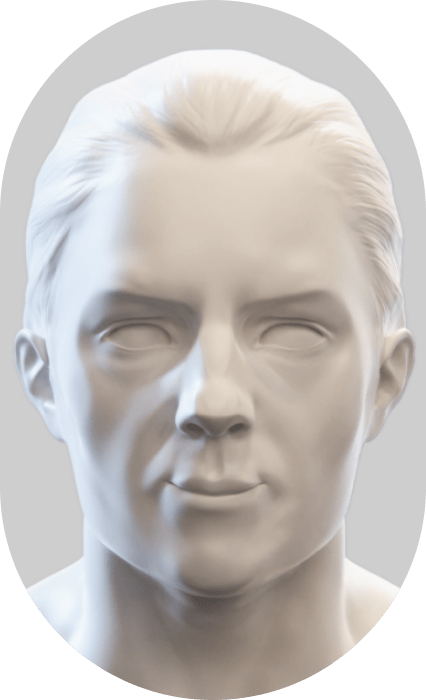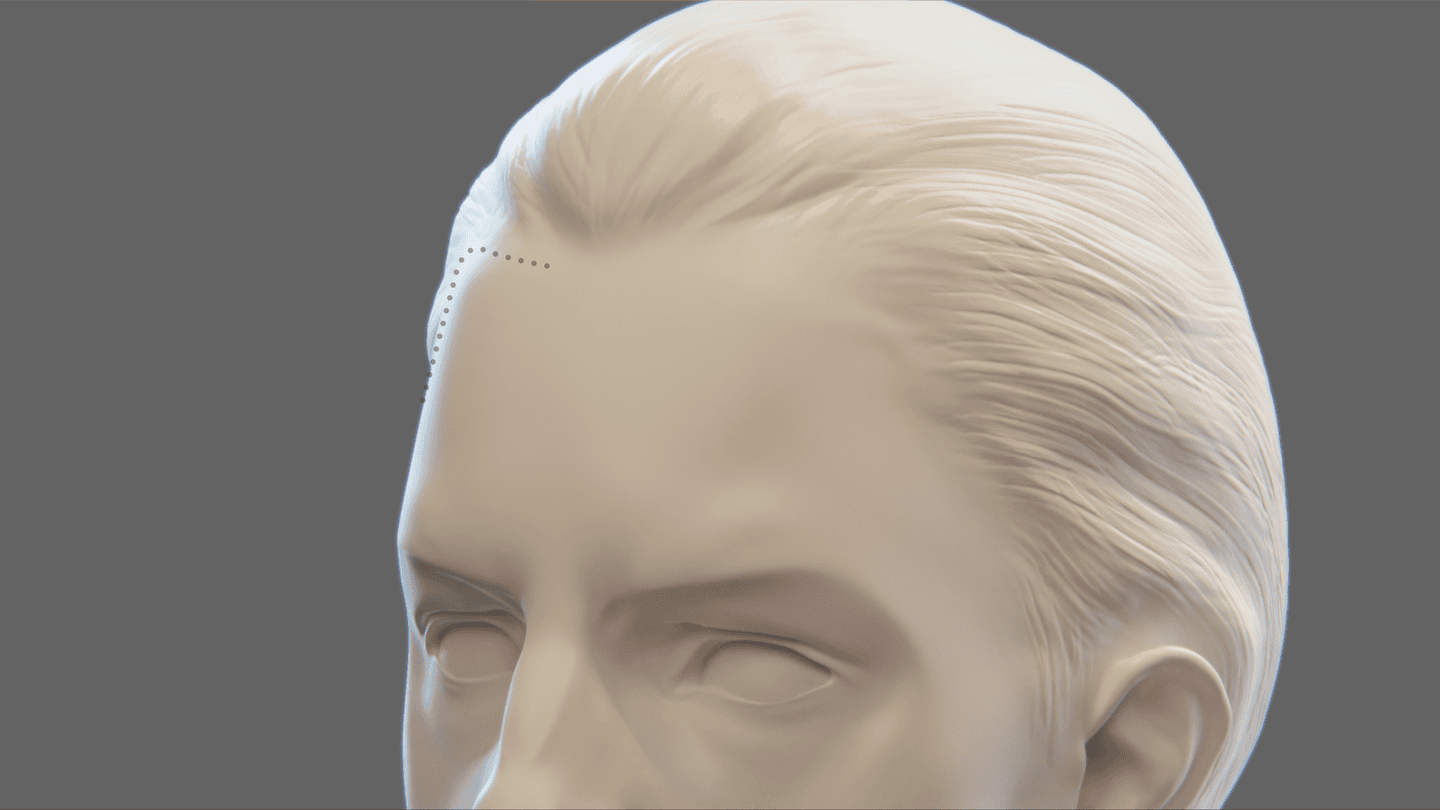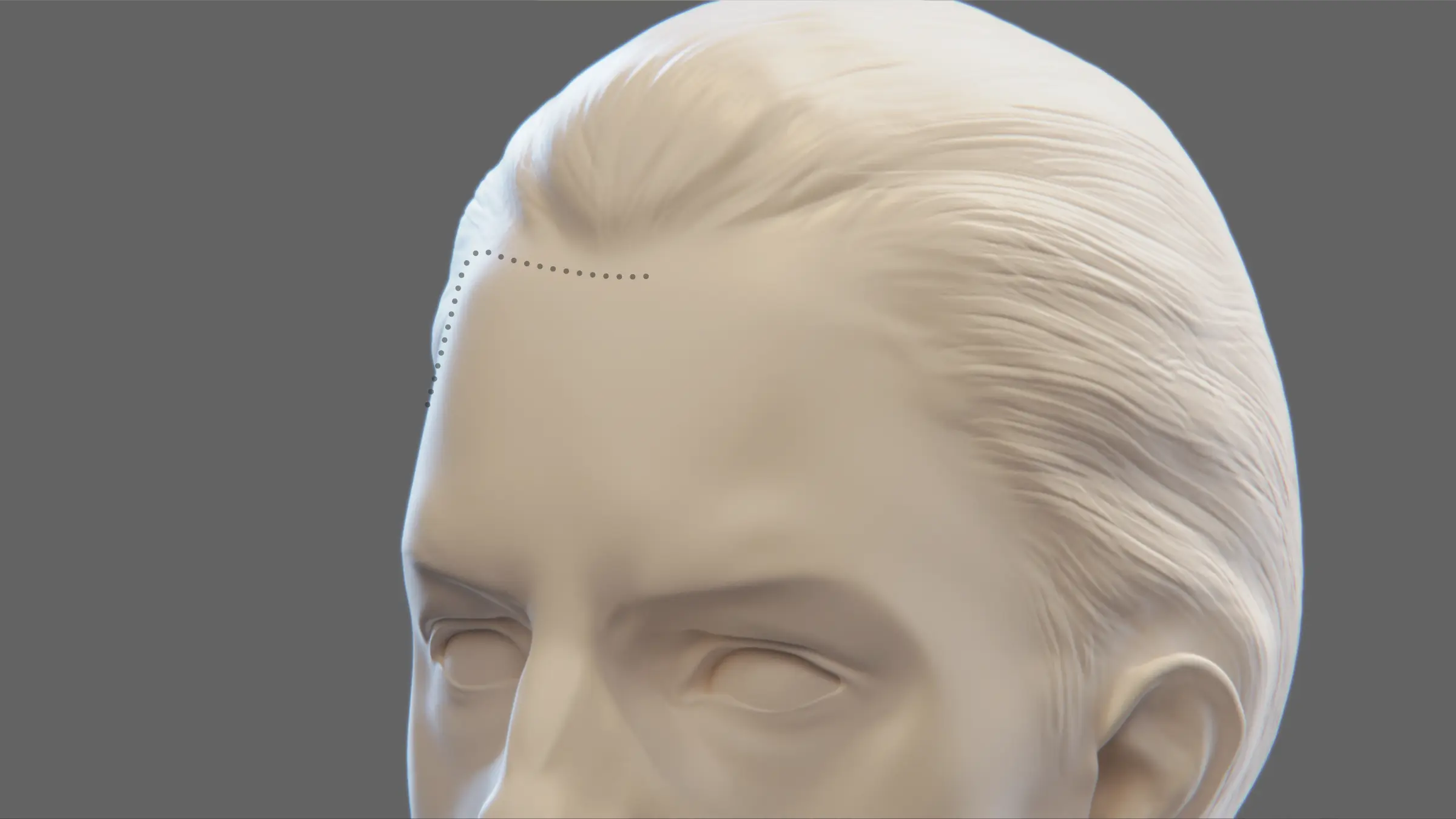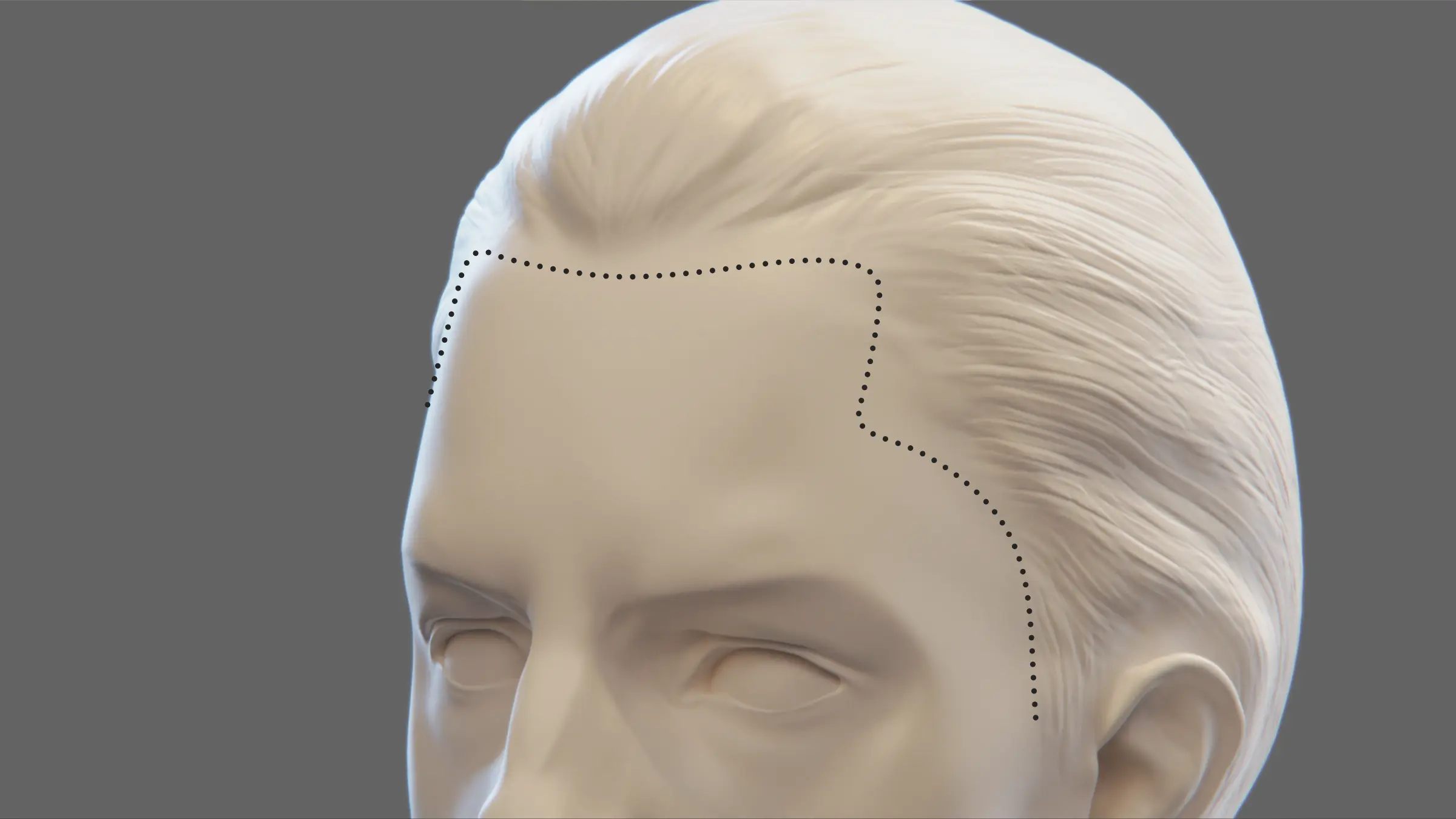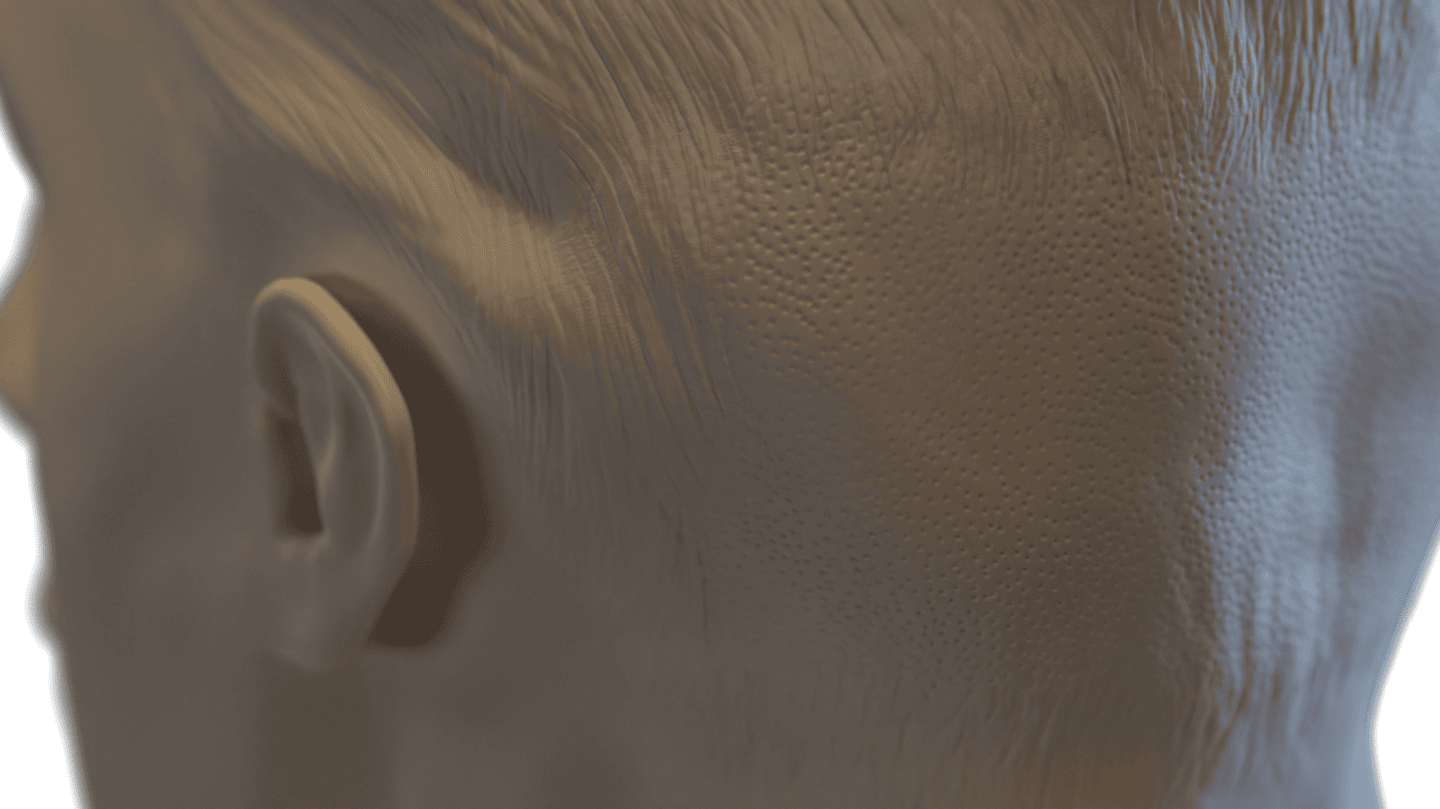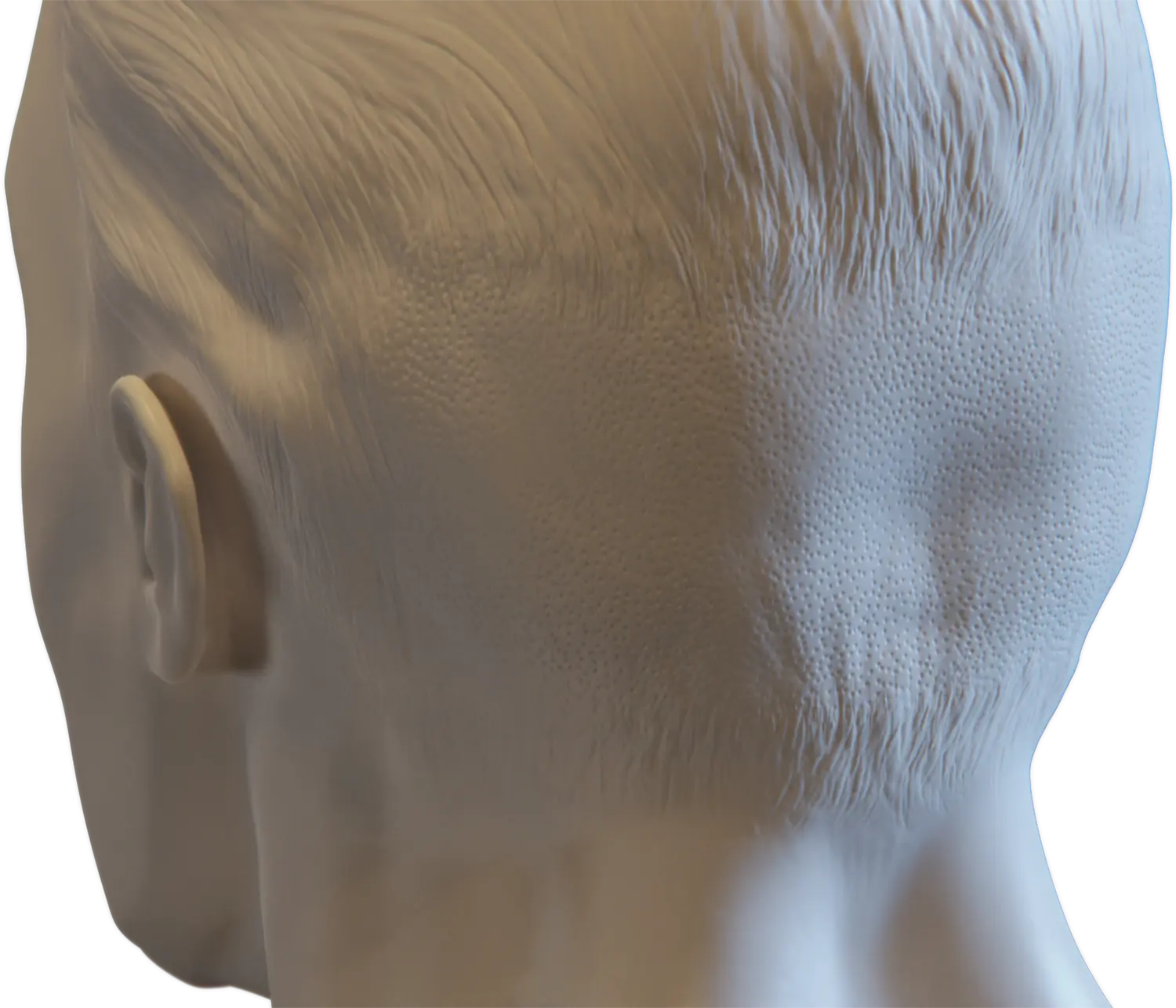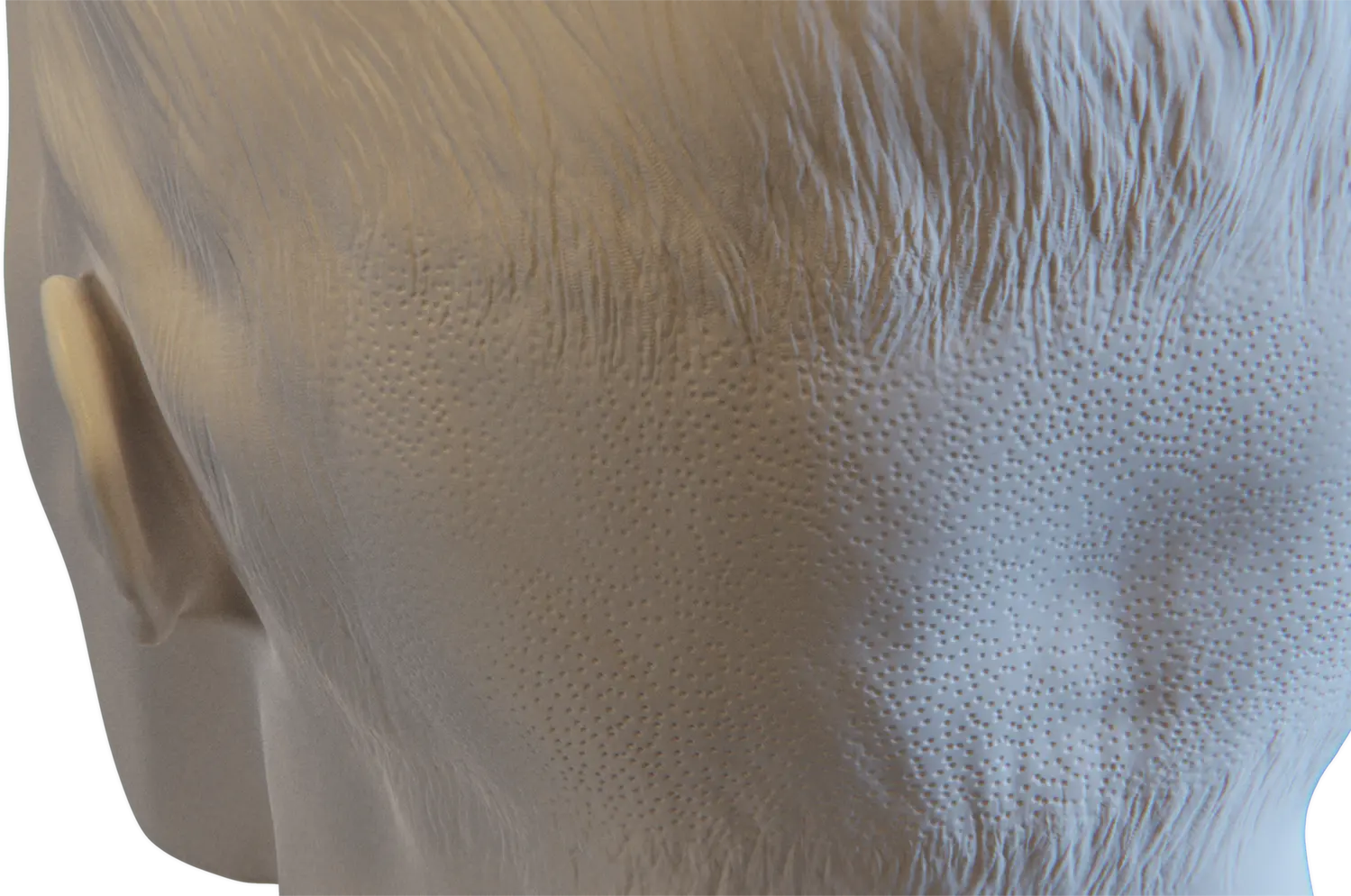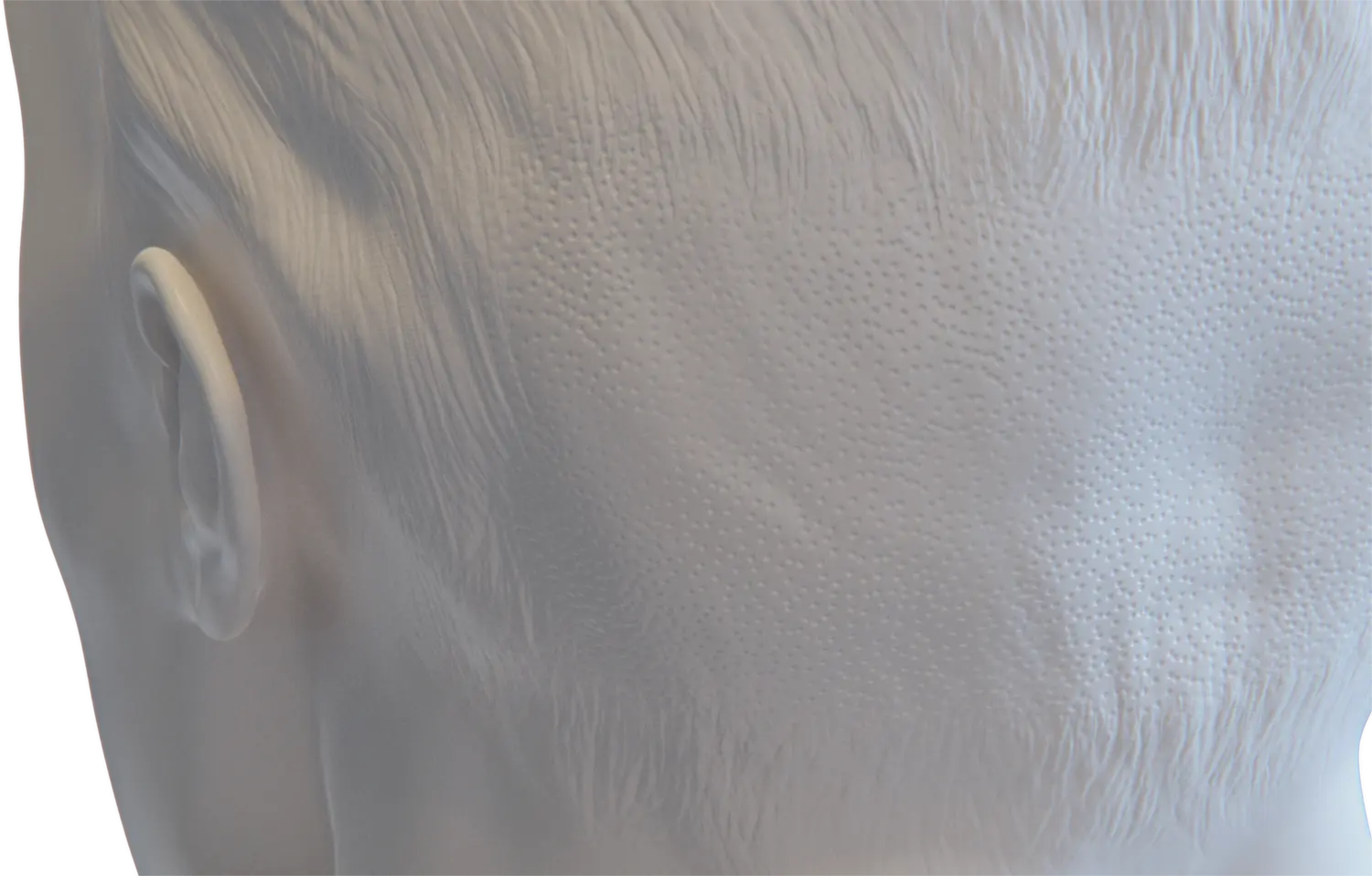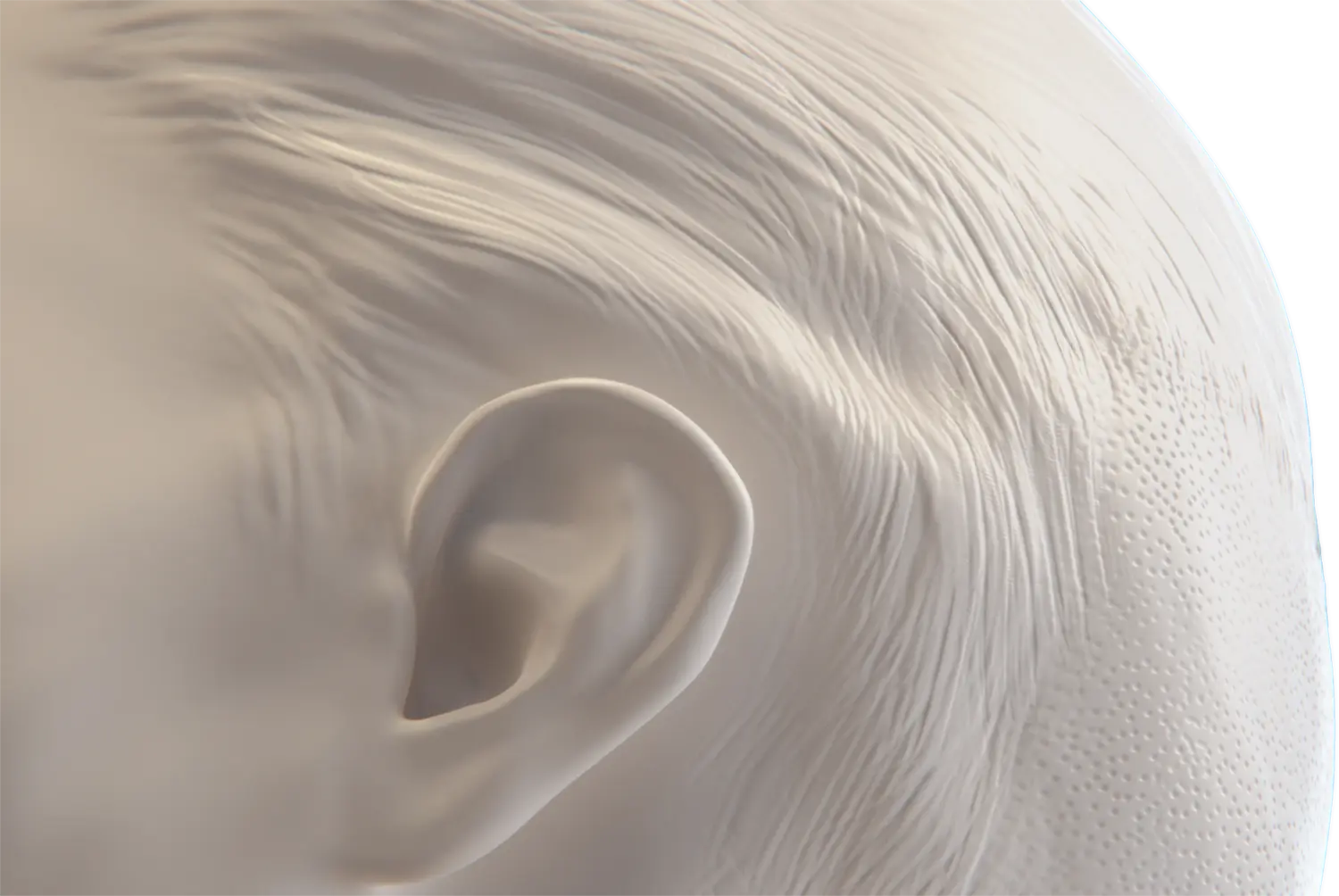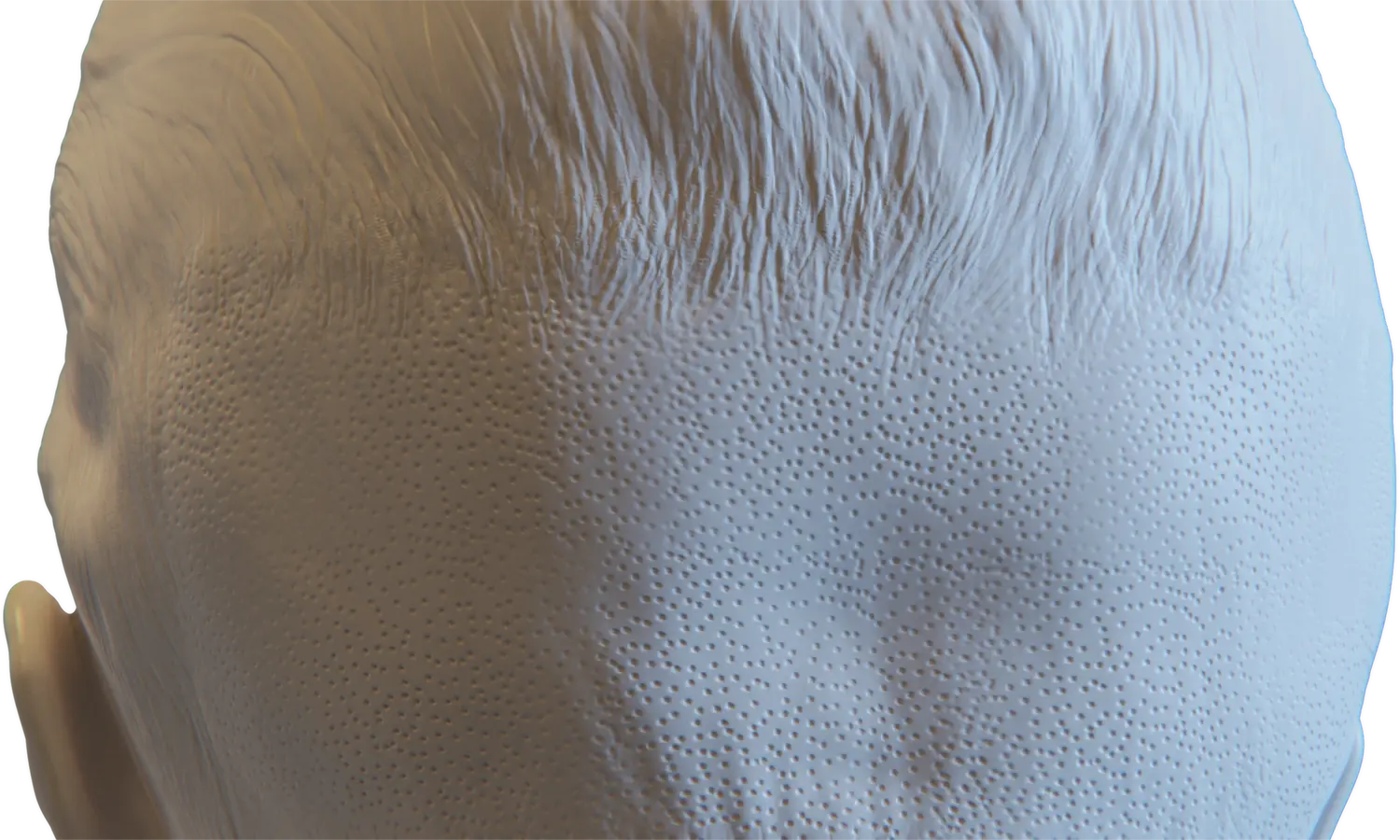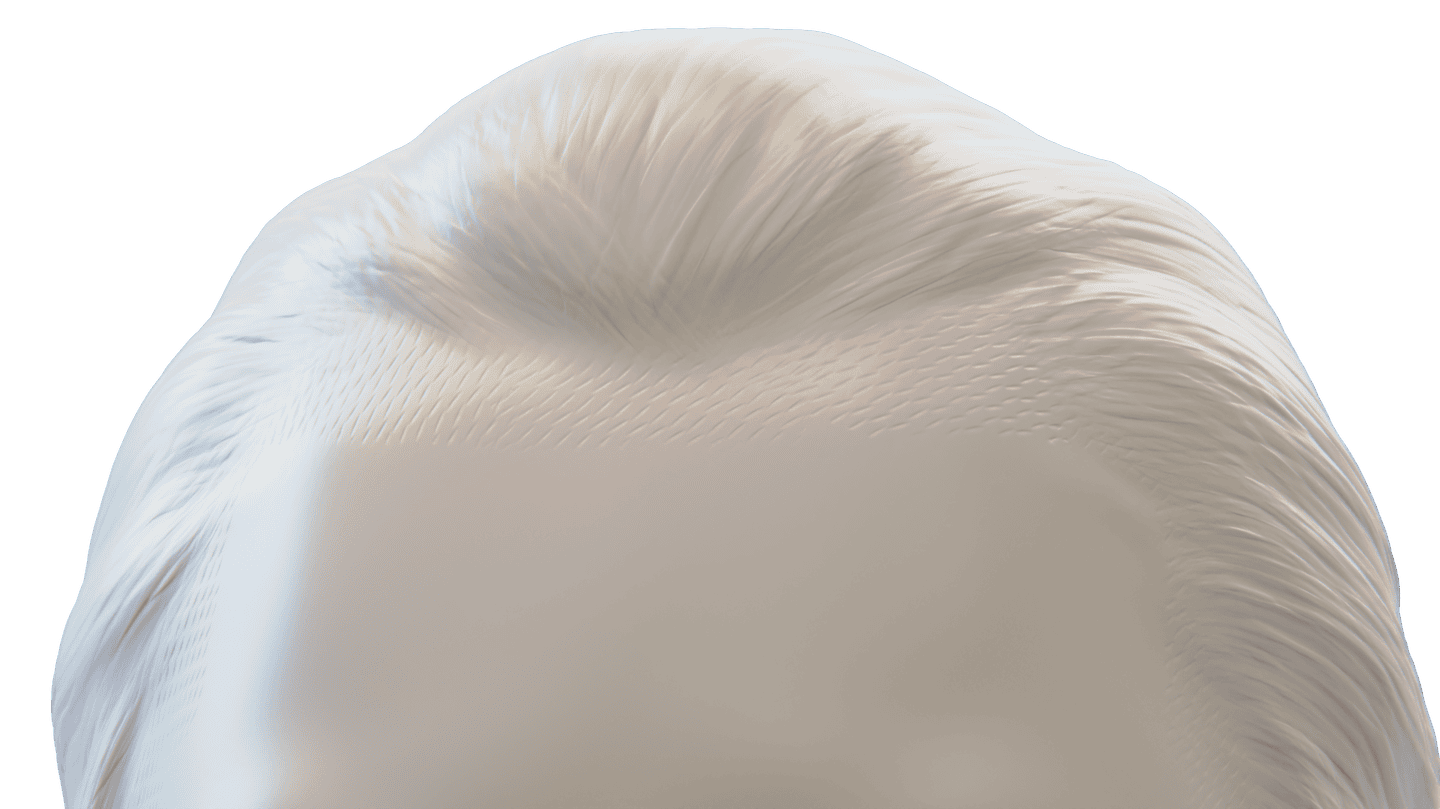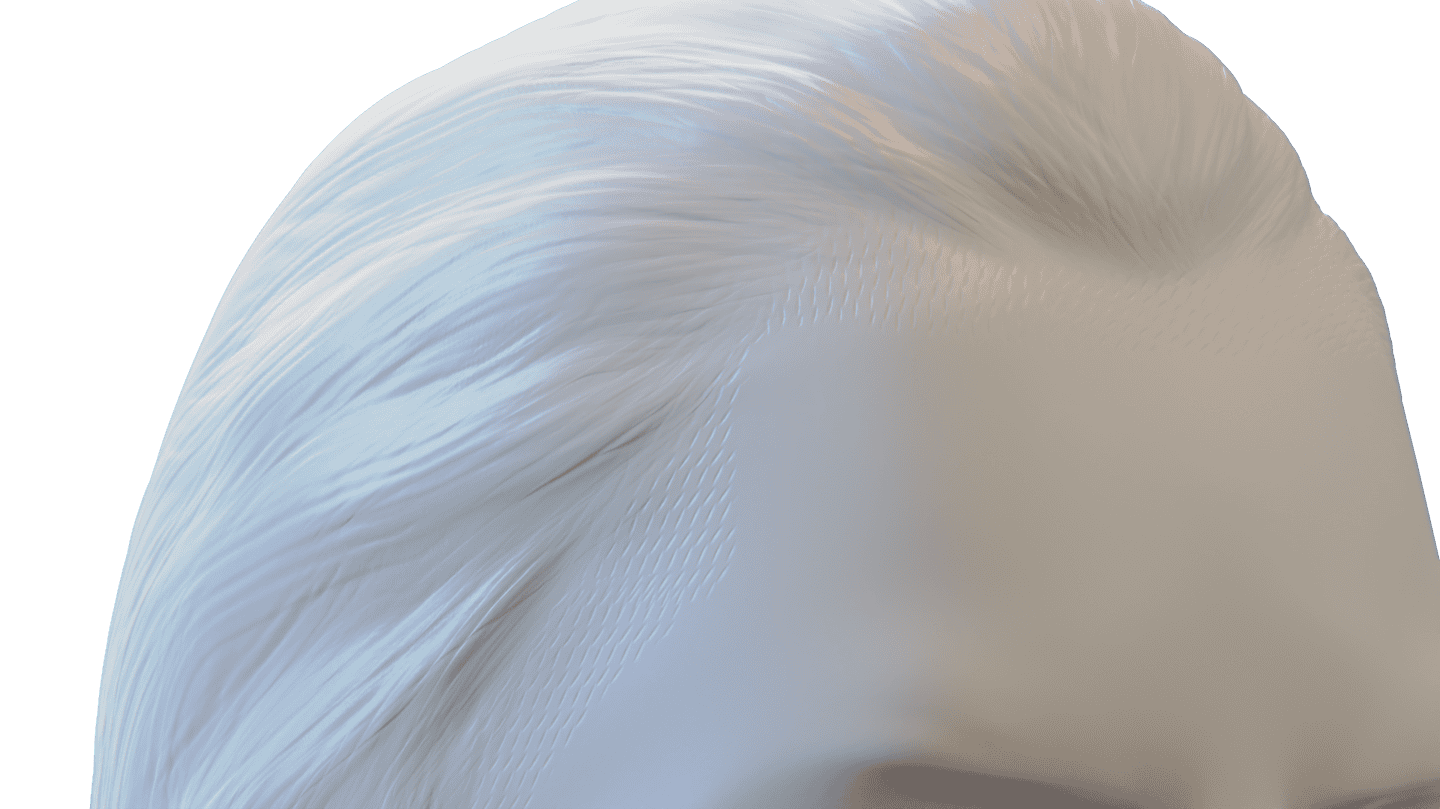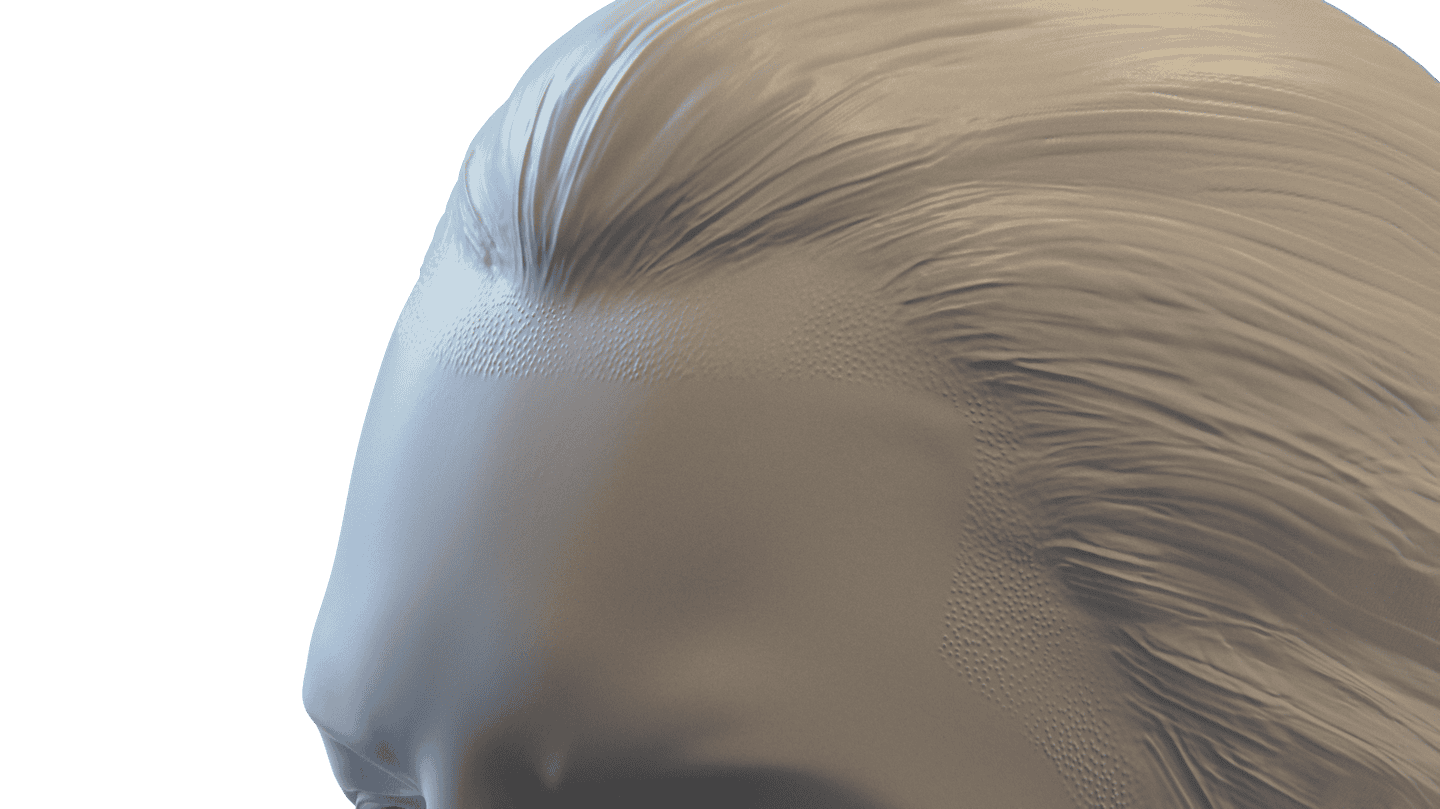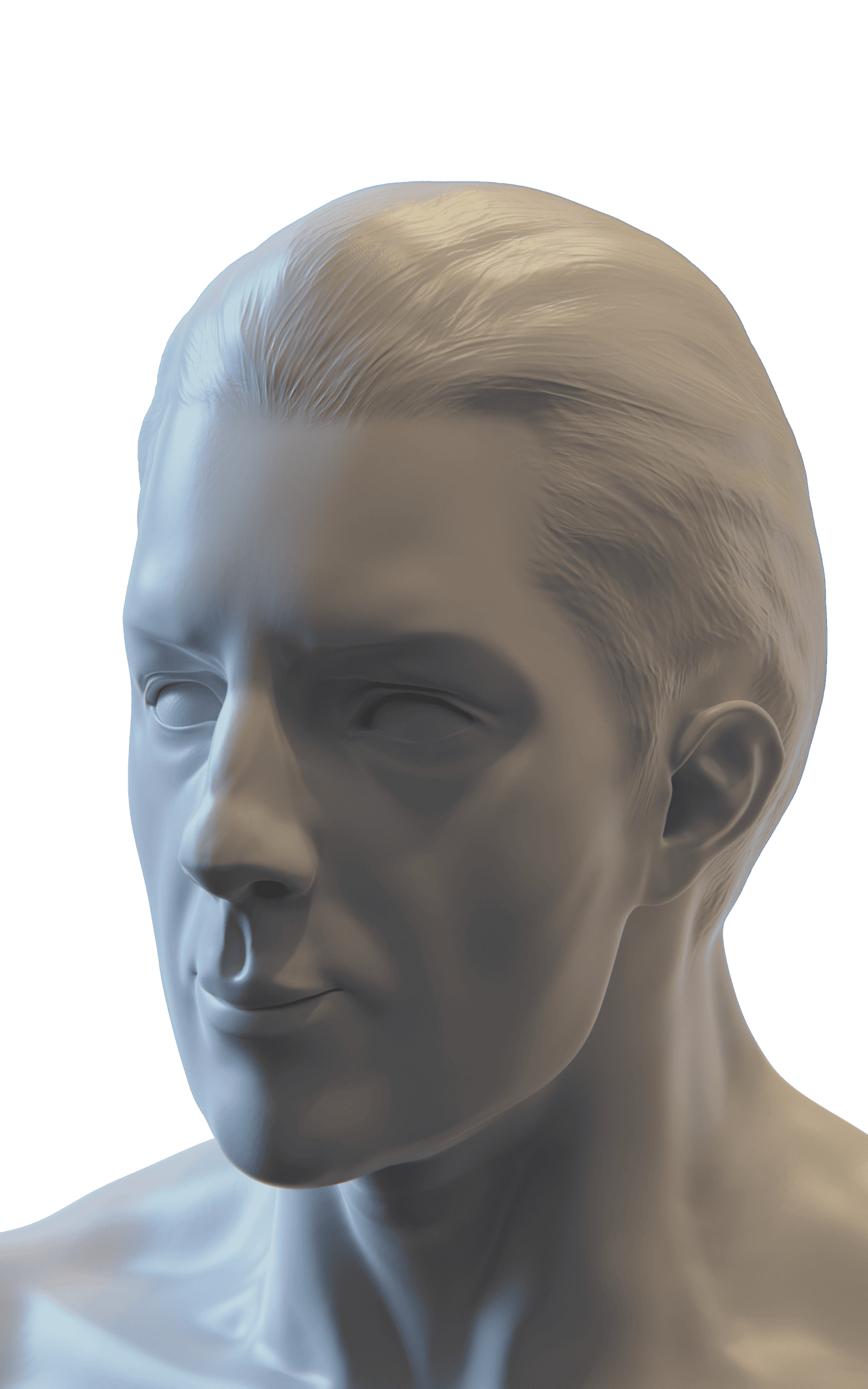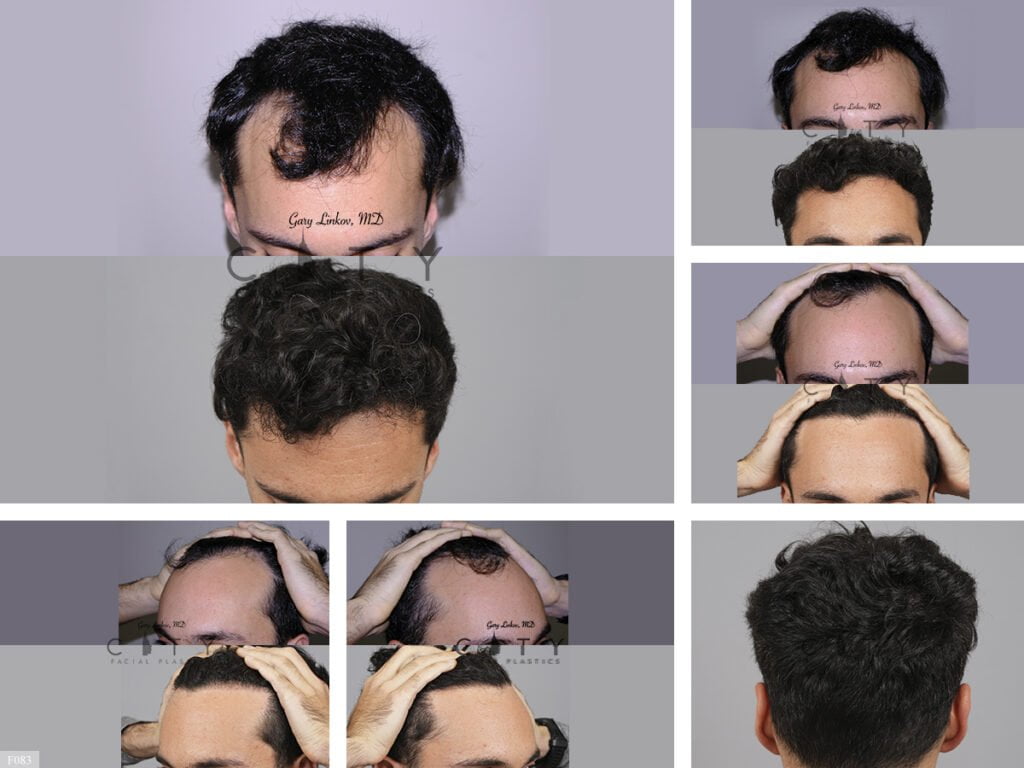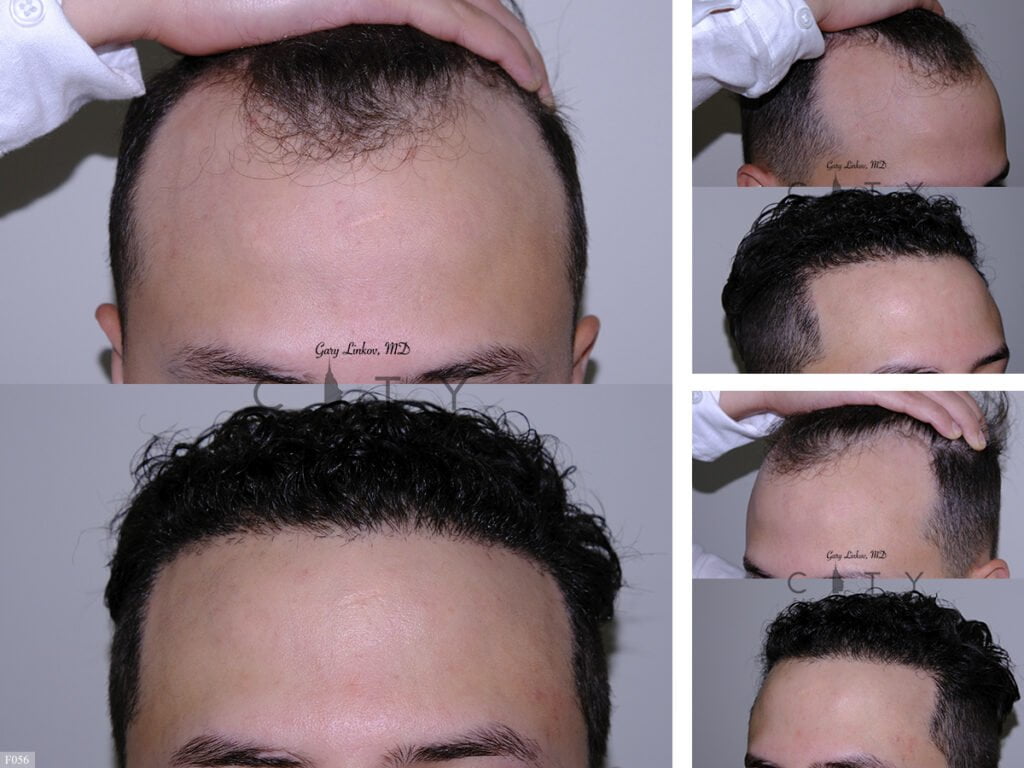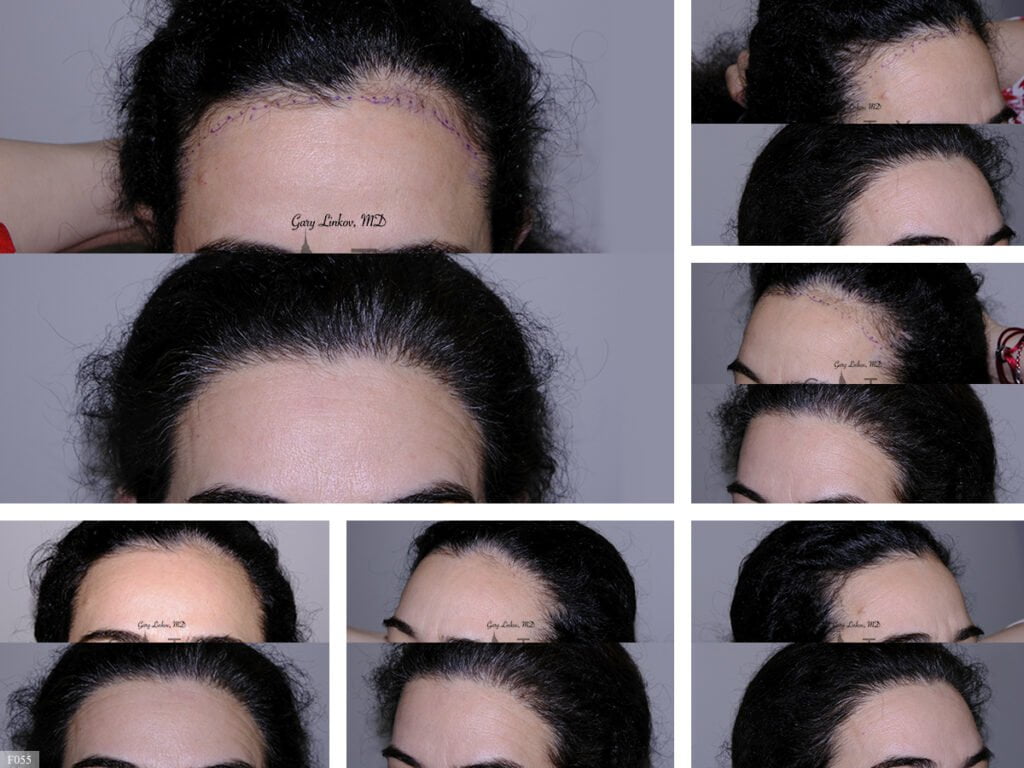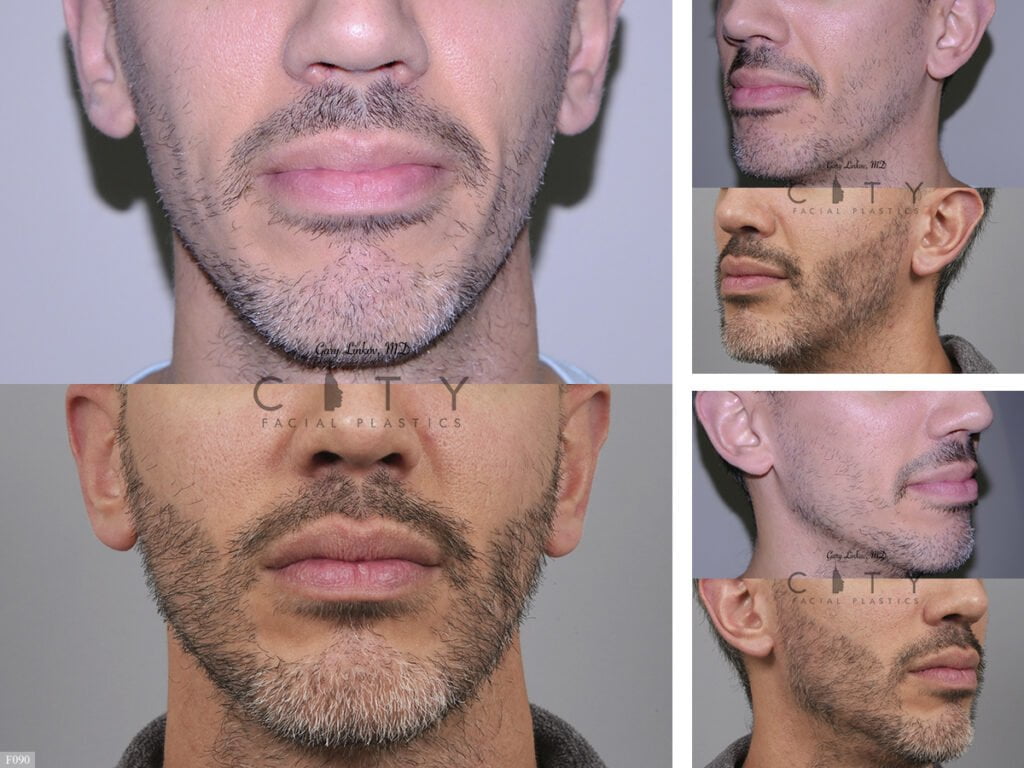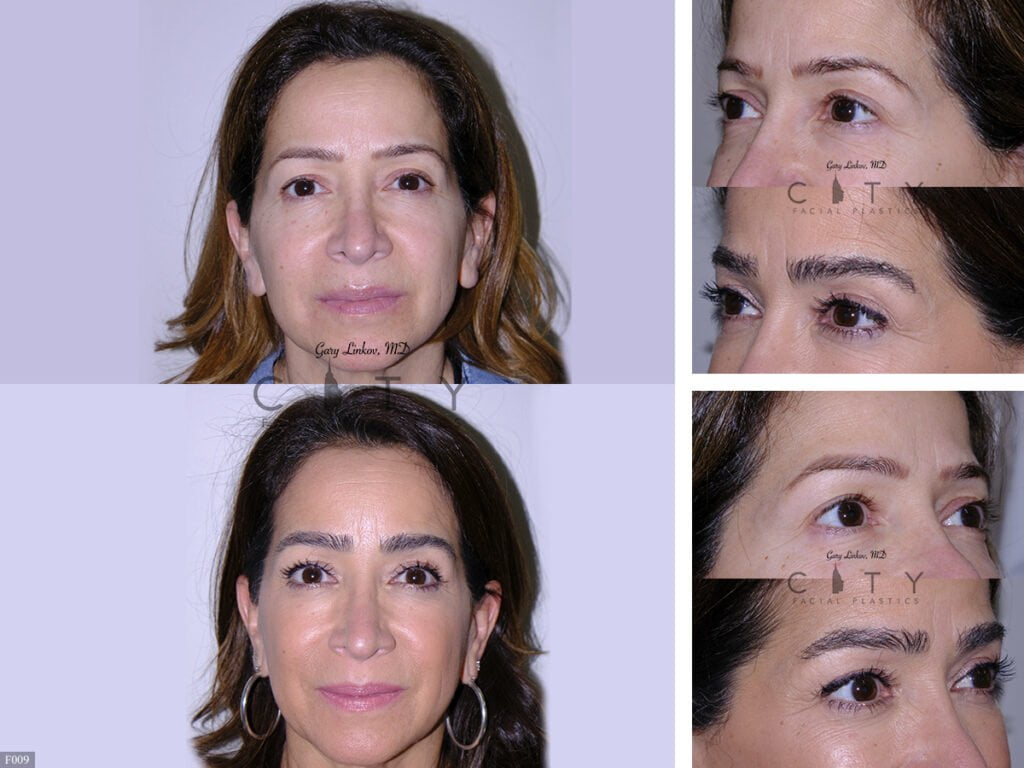The Process
Hair loss can often be treated with medical therapy. However, in certain scenarios, surgery is a great option for hair restoration. Hair transplants are surgical procedures that involve taking hair follicles from one part of your body and grafting them into another area. Safe and effective hair transplant surgery is performed in-office using primarily local anesthesia.
Millions of men and women experience premature or disease-related hair loss, which has both physical and emotional consequences. The experts at our hair transplant office understand the debilitating effects that hair loss can have and offer solutions to help you.

Photography
A hair transplant starts with proper planning. Part of planning involves taking high quality digital photographs. The key is to show the hair in a consistent, natural manner that can be reproduced in the after images once the new hair has grown in.
Marking
The marking process for a hair transplant involves creating a detailed plan for the placement of hair grafts. This plan is created by the surgeon and is based on a number of factors, including the patient’s hair density, hairline position, facial features, and preferences. Here are the steps involved in the marking process:
Numbing
Once marking is complete, depending on whether harvesting or recipient site making is performed next, the donor or recipient area is numbed. Numbing is performed with local anesthesia, such as lidocaine. Various distraction and injection methods may be used to reduce the potential discomfort associated with the injections.
Follicular Unit
A follicular unit is a naturally occurring group of hair follicles that grow together in the scalp. Each follicular unit typically contains 1-4 hair follicles, along with associated glands, nerves, and blood vessels. The follicular unit is the smallest anatomical and functional unit of hair growth, and it plays a key role in the natural appearance of hair.
Harvesting
The hair harvesting process for a hair transplant involves the removal of hair follicles from a donor area, usually the back or sides of the head, and transplanting them to the recipient area where hair loss or thinning has occurred.
Follicular Unit Transplantation (FUT) A surgical strip of skin that contains hair follicles from the back of your head is removed. The strip is then divided into individual grafts using a microscope and the grafts are transplanted into the site where hair is needed.
Follicular Unit Extraction (FUE) Follicular unit extraction surgery involves removing individual hair follicles from the back of your head (or an alternative donor site) and transplanting them to the area where hair is needed.
Recipient site creation
Needles, blades, or implanter pens are used to create the recipient sites that will ultimately be fitted with grafts. Similar to gardening, a hole is created to fit the graft. Appropriate density, direction, angulation, depth, irregularity, and pattern are constructed to ensure a natural-looking result.
Implantation
With grafts ready and sites made, the next and final step of a hair transplant is to insert the grafts, one at a time, into the sites. Gentle handling of the grafts is extremely important to ensure survival.
Post op care
After the transplant, it is critical to take proper care of the donor and recipient areas in order to maximize results.
Dr. Gary Linkov
#1 Hair Transplant Surgeon on Youtube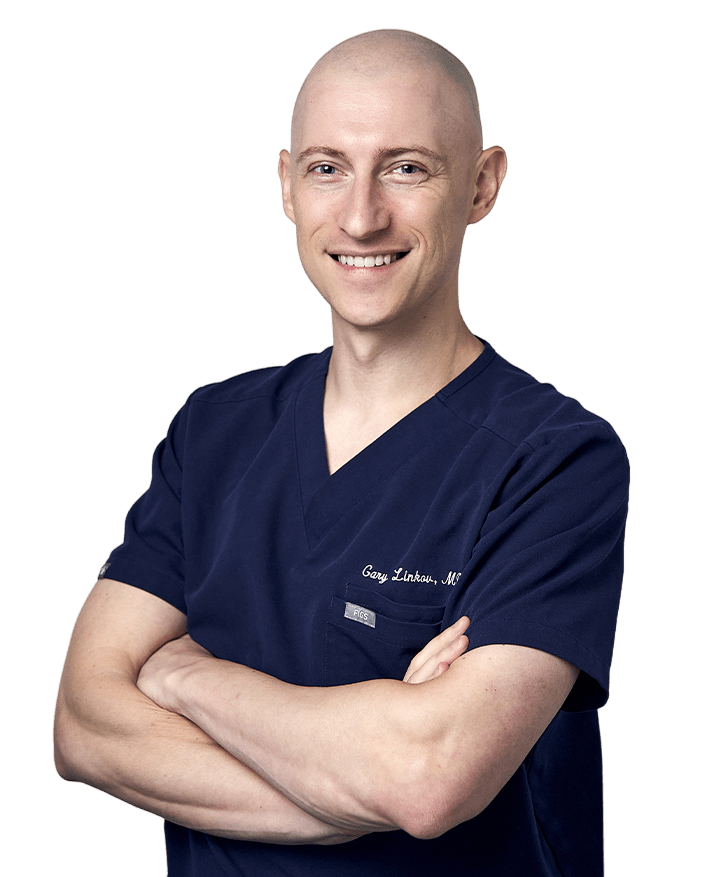
 Over 150 Million Views
Over 150 Million ViewsDrawing from his personal experience with hair loss, Dr. Gary Linkov is a skilled and compassionate hair loss doctor who is:
- Double Board-Certified
- Internationally Recognized
An Ivy League-educated hair transplant surgeon, Dr. Linkov is highly recommended as a celebrity hair restoration specialist with a multidisciplinary approach to treatment for hair loss. This renowned doctor has access to the latest hair regrowth methodologies and technologies. As one of the best hair transplant surgeons in the country at Linkov Hair Surgery - an advanced hair restoration center in NY, he emphasizes a culture of patient-centered solutions. While surgical interventions are not always necessary, when they are, Dr. Linkov promotes individualized treatments based on your specific diagnosis.


For more information and to watch videos of Dr. Linkov explain the art and science of hair surgery
watch on youtube
Dr. Gary Linkov is an experienced Ivy League-educated hair transplant surgeon. Having suffered from hair loss himself, he treats his patients with compassion using a multi-disciplinary approach based on the latest hair regrowth methodologies and technologies.
He has authored numerous peer-reviewed articles and book chapters, contributing to the field. Dr. Linkov’s expertise in hair transplant surgery has earned him recognition and made him a sought-after physician. He was featured on the Dr. Oz Show for his needleless PRP hair restoration procedure. USA Today ranks him among the top three plastic surgeons in the United States for reconstruction and natural-looking results.
Publications More about Dr. LinkovLinkov Hair Surgery
150 E 56th St, #1A
New York, NY 10022
(212) 970-9404




